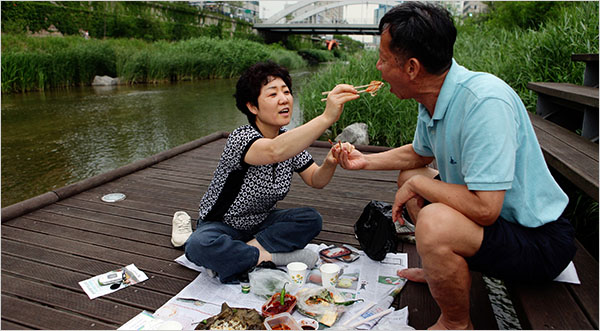
木が人間の環境をもっと魅力的にしているのでしょうか。それとも、人間の環境が木をもっと魅力的にしているのでしょうか。
Do trees make the human environment more attractive, or do human environments make trees more attractive?
On an elevated pedestrian bridge just outside Iidabashi station, on the way to Koishikawa Korakuen, this gorgeous street tree and its fiery leaves caught my attention. It stands in front of two intersecting wide boulevards, two elevated freeways, and two shadowed canals. Not only does the tree soften the urban blight of devoting so much space to cars and their air pollution. I think the mundane and gruesome human environment also elevate the tree’s beauty beyond what it might attain in more pristine wildness.




